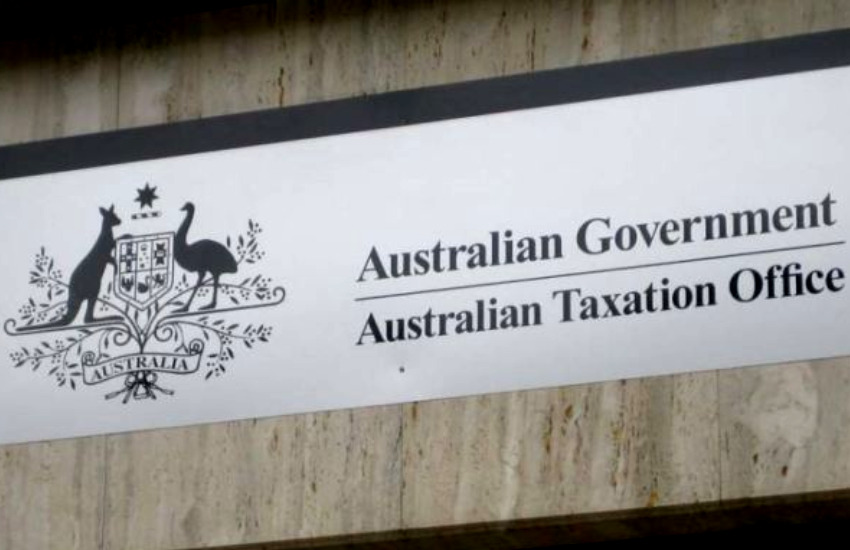SMSFs reminded on PAYG obligations for legacy pensions
With the ATO concerned that a number of SMSFs paying capped defined benefit streams haven’t met their PAYG obligations, a technical expert has reminded SMSFs with these pensions on what the requirements are.
Back in March this year, the ATO warned SMSFs paying capped defined benefit income streams to ensure that they are meeting their pay as you go (PAYG) obligations.
Since 1 July 2017, SMSFs have had pay as you go (PAYG) obligations to withhold tax from income streams they’ve paid to members where the member is 60 years of older or the member is under 60 years old, and it’s a death benefit capped defined benefit income stream where the deceased was 60 years old or over when they died.
In an online article, Heffron SMSF Solutions head of SMSF technical & education services Lyn Formica said the ATO is concerned that some of these SMSFs may not be meeting their obligations, with the ATO currently writing to these trustees.
A capped defined benefit income stream, she explained, is a concept which was introduced on 1 July 2017 and captures lifetime pensions regardless of when they commenced, lifetime annuities commenced prior to 1 July 2017, life expectancy pensions and annuities commenced prior to 1 July 2017 and market linked pensions commenced prior to 1 July 2017.
These income streams, Ms Formica explained, have special rules that allow recipients of capped defined benefit pensions to exceed their transfer balance cap as long as the only income stream causing them to do so is their capped defined benefit pension.
In recognition of the fact that they are allowed to exceed their cap, people in this position have their tax concessions for these types of pensions limited in a different way, she noted.
“Individuals aged 60 years old or over or receiving a reversionary defined benefit income stream and the deceased died at 60 years old or over, whose income from their capped defined benefit income stream exceeds $100,000 per annum, may have additional tax liabilities,” she said.
“For example, for pensions paid from a taxed source, which includes all SMSFs and virtually any other superannuation fund except certain public sector schemes, 50 per cent of their annual income stream amount over the defined benefit income cap will be taxed at their marginal rate.”
In order to allow the ATO to identify the individuals subject to this additional tax, a superannuation fund must issue a Payment Summary to any individual receiving a capped defined benefit pension if the individual is aged 60 or over or the individual is under age 60 but is receiving a reversionary pension and the deceased died age 60 or over.
“This rule applies to all superannuation funds, including SMSFs, regardless of the amount of pension paid. For example, a fund paying a pension of only $20,000 per annum from a capped defined benefit income stream would need to issue a Payment Summary to that individual,” she said.
“In addition, if the amount paid will exceed the defined benefit income cap for a particular year, the fund trustee is also required to withhold tax using the usual tax tables.”

Miranda Brownlee
Miranda Brownlee is the deputy editor of SMSF Adviser, which is the leading source of news, strategy and educational content for professionals working in the SMSF sector.
Since joining the team in 2014, Miranda has been responsible for breaking some of the biggest superannuation stories in Australia, and has reported extensively on technical strategy and legislative updates.
Miranda also has broad business and financial services reporting experience, having written for titles including Investor Daily, ifa and Accountants Daily.


